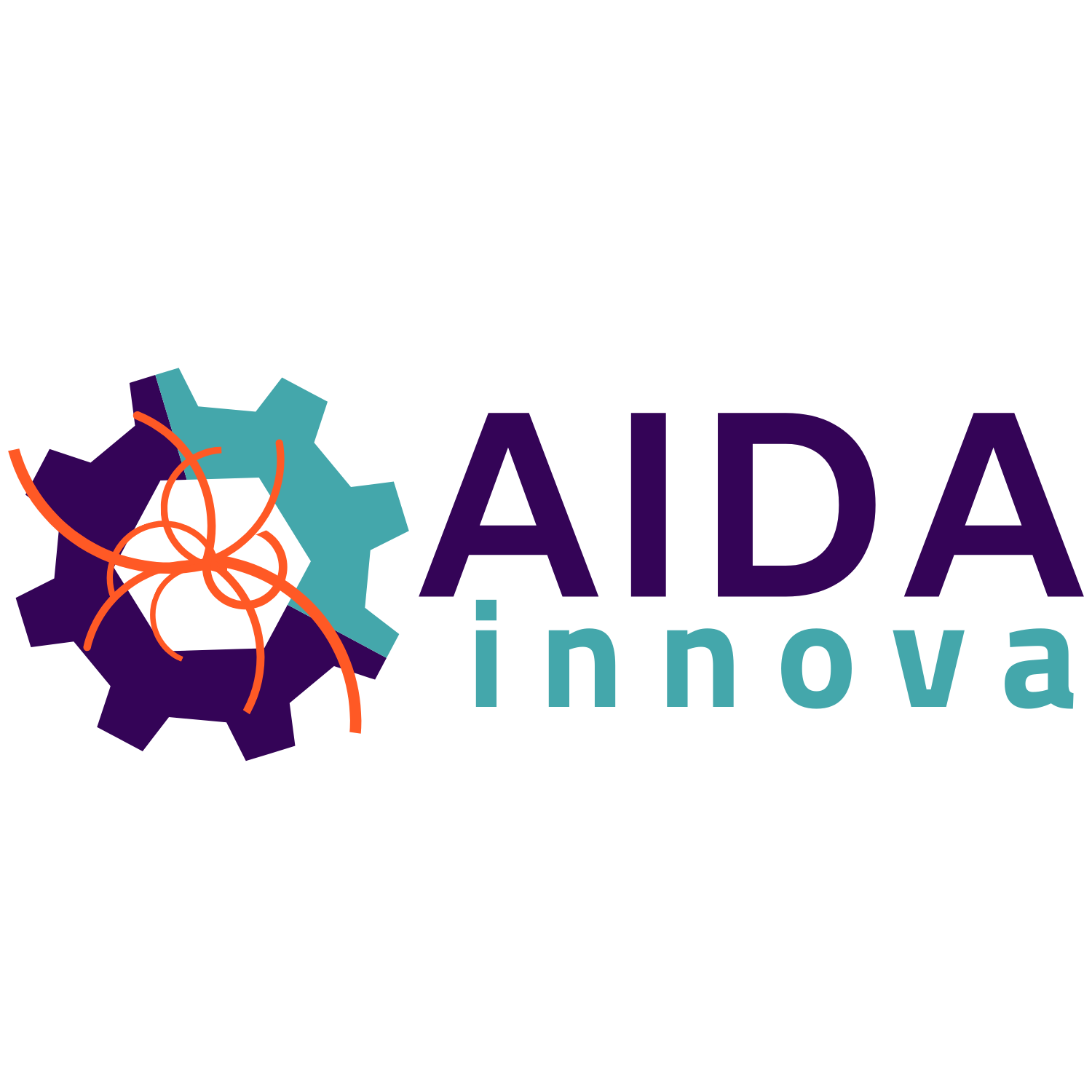The Eleventh International Workshop on Semiconductor Pixel Detectors for Particles and Imaging (Pixel2024) will take place 18-22 November 2024 at the Collège Doctoral Européen, University of Strasbourg, France.
The workshop will cover various topics related to pixel detector technology. Development and applications will be discussed for charged particle tracking in high energy physics, nuclear physics, astrophysics, astronomy, biology, medical imaging and photon science. The conference program will also include reports on radiation effects, timing with pixel sensors, monolithic sensors
